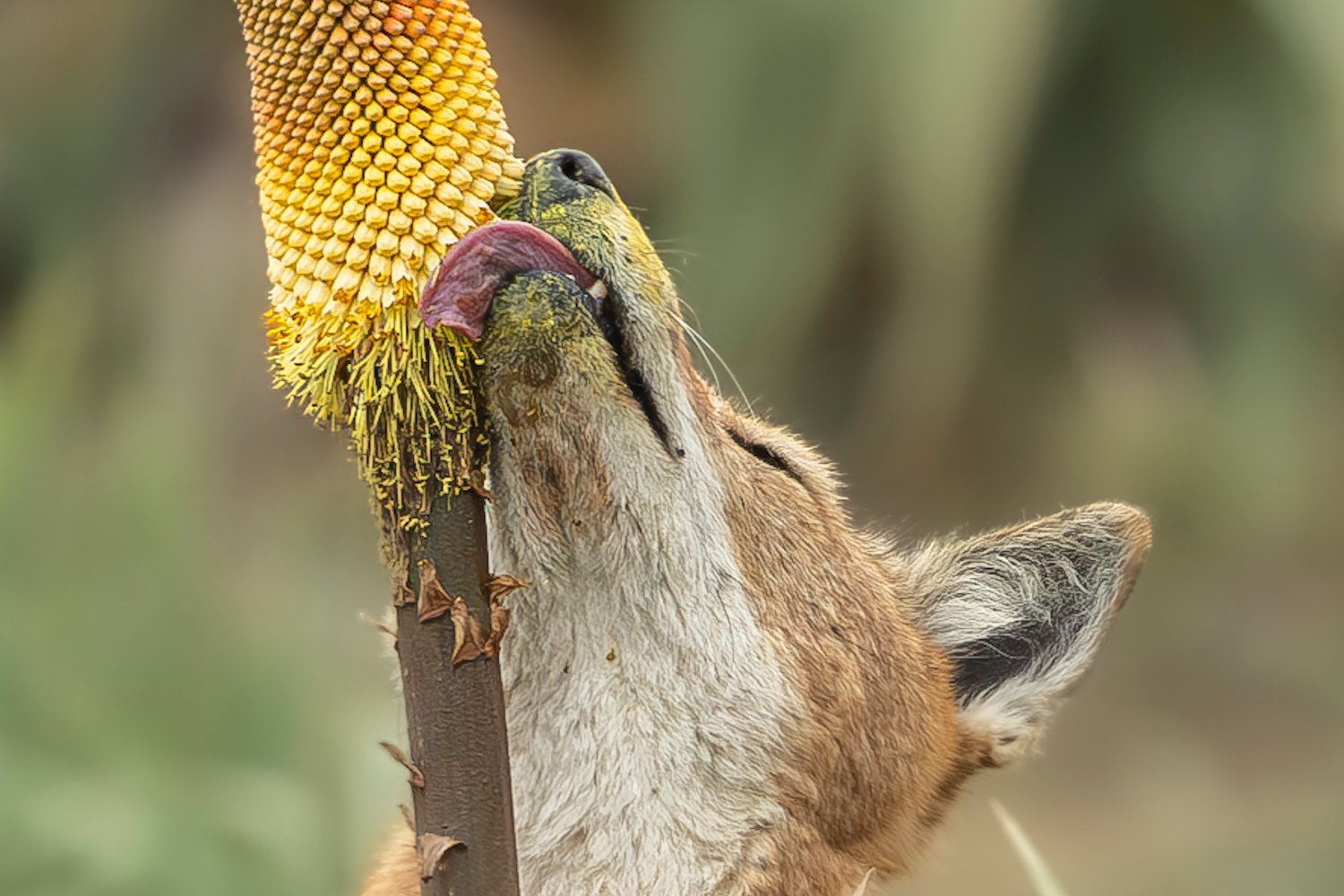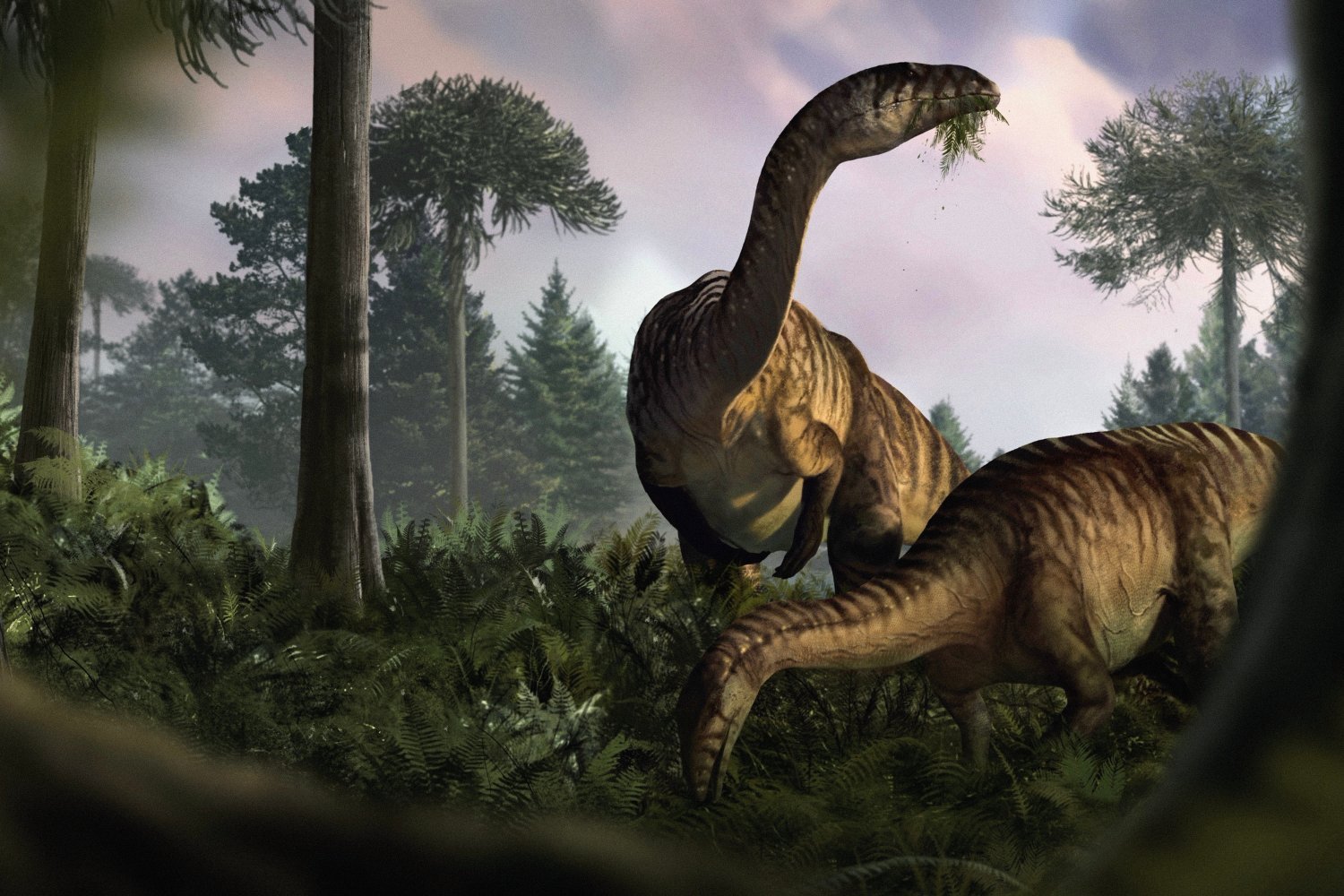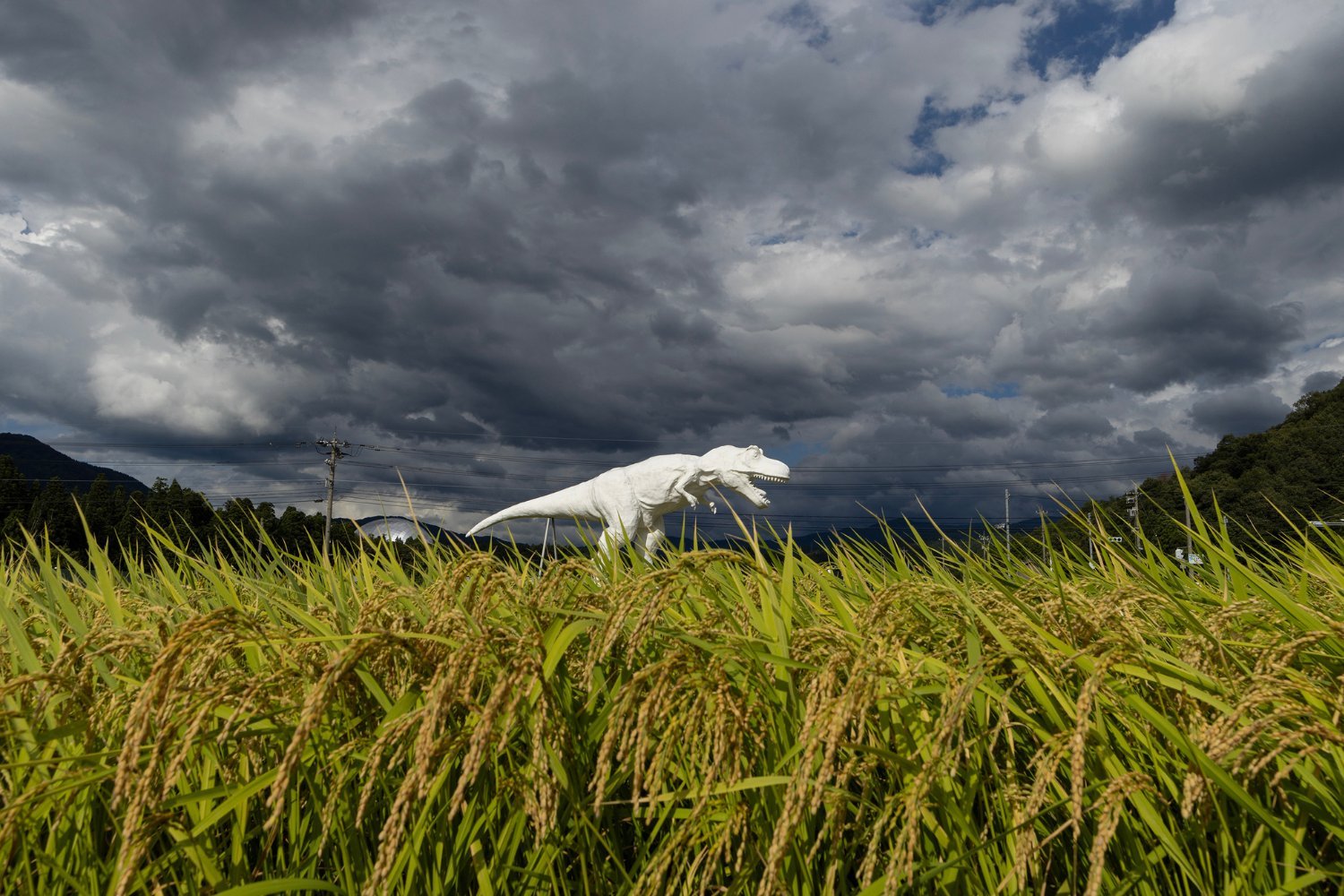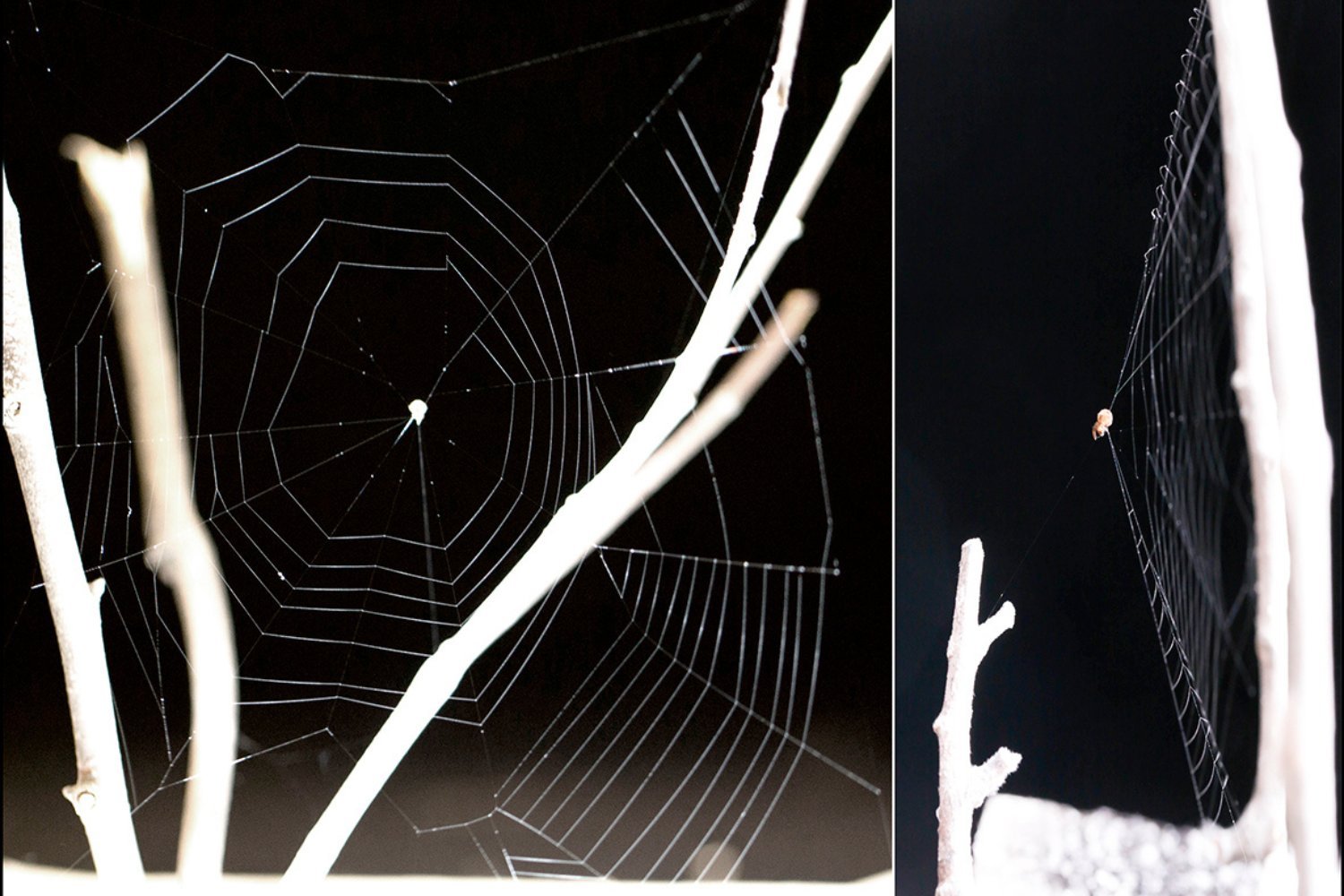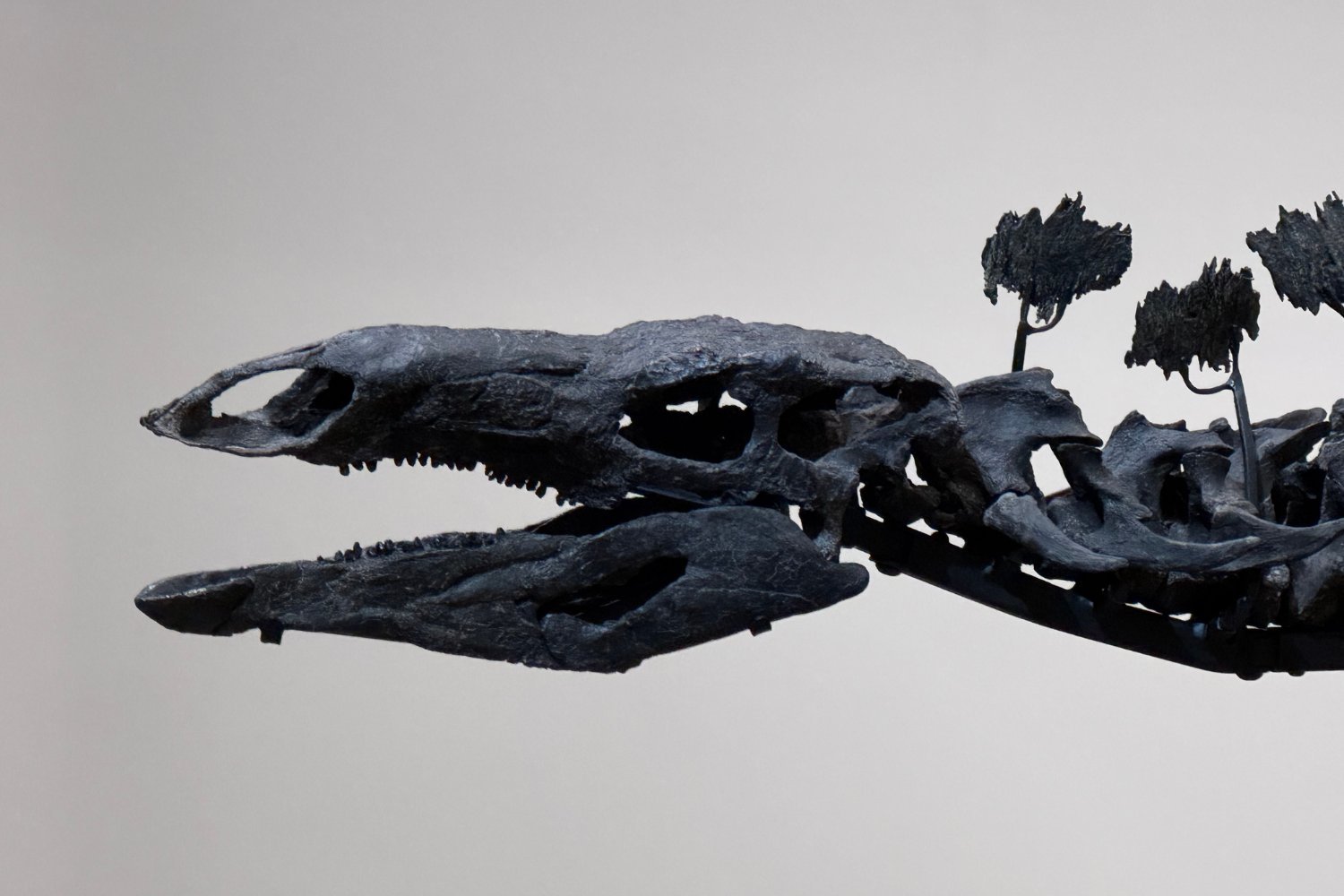Ethiopian wolves, known for their carnivorous diet, have surprised scientists with a newly discovered behavior: nectar-feeding. This groundbreaking observation, published in the journal Ecology, reveals that these endangered canines may also play a role in pollination, making them the first known large carnivore pollinators.
The discovery was made by an international team of scientists, including researchers from the University of Oxford’s Ethiopian Wolf Conservation Programme (EWCP). They observed multiple wolves from different packs regularly visiting and licking nectar from the vibrant Ethiopian red hot poker flower ( Kniphofia foliosa). This intriguing behavior, initially noticed when local shepherd children were seen enjoying the flower’s sweet nectar, led researchers to investigate further. Dr. Claudio Sillero, founder and director of the EWCP, recounted his initial encounter with the flower’s nectar, noting its sweetness and the wolves’ apparent enjoyment while consuming it. He expressed excitement about the discovery and its potential ecological significance.
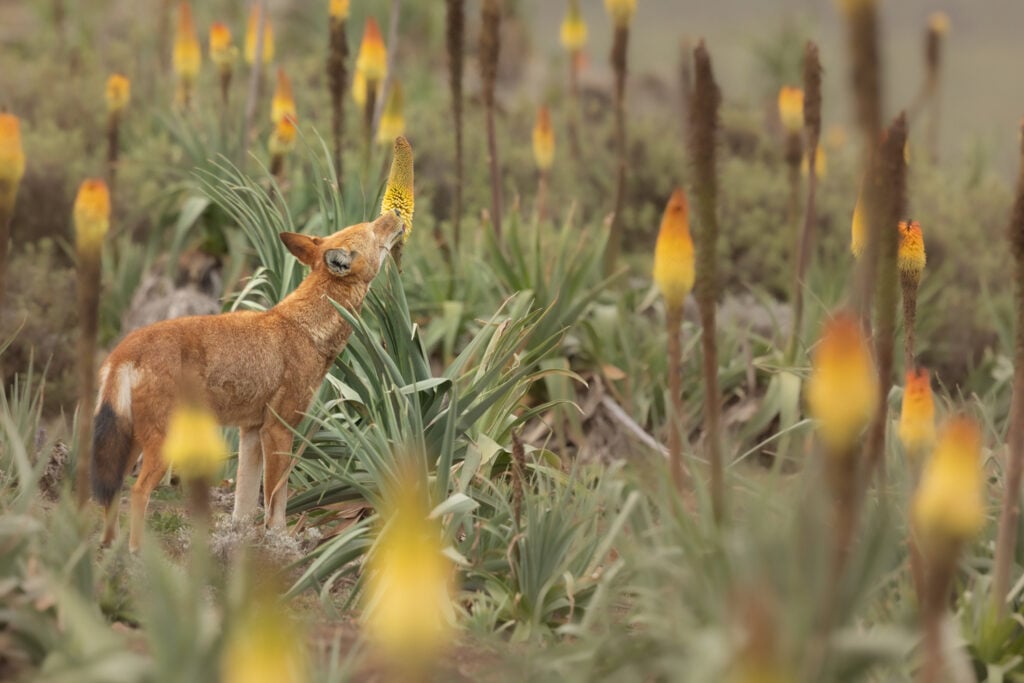 Ethiopian Wolves Lick NectarAn Ethiopian wolf (Canis simensis) feeding amongst the blooming Ethiopian red hot poker flowers (Kniphofia foliosa). Photo: Adrien Lesaffre
Ethiopian Wolves Lick NectarAn Ethiopian wolf (Canis simensis) feeding amongst the blooming Ethiopian red hot poker flowers (Kniphofia foliosa). Photo: Adrien Lesaffre
Ethiopian wolves are critically endangered, with fewer than 500 individuals remaining. This makes their newly discovered role as potential pollinators even more significant. The researchers noted the rarity of nectar-feeding among large carnivores, emphasizing the uniqueness of this observation. While small to medium-sized, often arboreal mammals are typically involved in pollination, the Ethiopian wolf stands out as a large predator engaging in this behavior. Observations revealed that individual wolves would visit up to 30 flowers at a time, with even young wolves participating, suggesting a learned behavior passed down through generations.
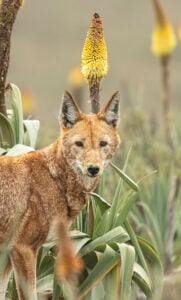 WolfThe wolves’ muzzles became covered in pollen as a result of the licking. Photo: Adrien Lesaffre
WolfThe wolves’ muzzles became covered in pollen as a result of the licking. Photo: Adrien Lesaffre
The act of licking nectar coats the wolves’ muzzles with pollen. As they move between flowers, they may inadvertently transfer pollen, effectively acting as pollinators similar to bees and butterflies. This potential plant-pollinator interaction between the Ethiopian wolf and the red hot poker flower marks a potentially novel ecological relationship. Sandra Lai, senior scientist at the EWCP, highlighted the importance of these findings, emphasizing how much remains unknown about this endangered carnivore. She also underscored the intricate relationships within the Ethiopian Highlands, a biodiverse ecosystem often referred to as the “Roof of Africa,” currently facing threats from habitat loss and fragmentation.
The discovery of the Ethiopian wolf’s nectar-feeding and potential pollination role adds a new dimension to our understanding of this endangered species and the delicate balance of the Ethiopian Highlands ecosystem. It also highlights the importance of continued research and conservation efforts to protect these unique animals and their environment.



